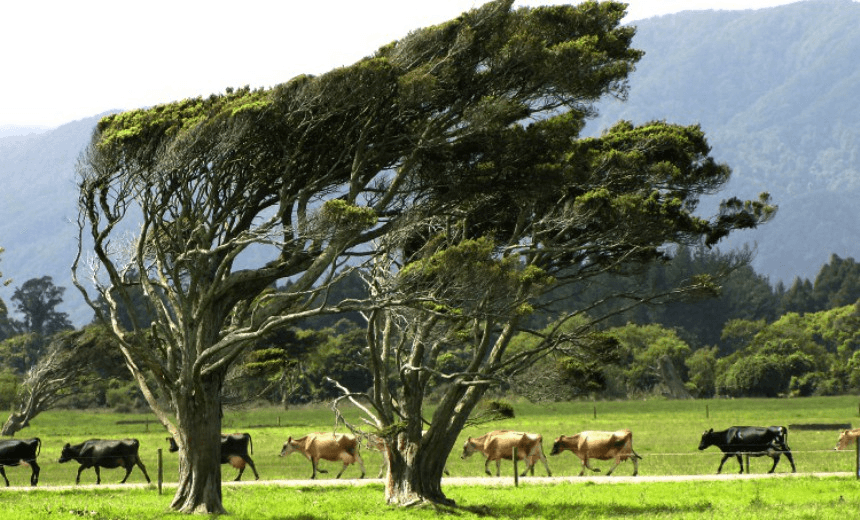Awesome photos from a magnificent new book on the history and glory of tōtara.
Golden Bay botanist Philip Simpson knows his trees. He is the tree man. He is the root of all knowledge on trees, the first and last word on trees, the guy who puts trees on the map – he is the author of the magnificent book Dancing Leaves: The Story of New Zealand’s Cabbage Tree, Tī Kōuka (2000), the author of the magnificent book Pōhutukawa and Rātā: New Zealand’s Iron-hearted Trees (2005), and now the author of the magnificent new book published by Auckland University Press, Tōtara: A Natural and Cultural History.
From the publisher’s blurbology: “The mighty tōtara is one of our most extraordinary trees. Among the biggest and oldest trees in the New Zealand forest, the heart of Māori carving and culture, trailing no. 8 wire as fence posts on settler farms, clambered up in the Pureora protests of the 1980s: the story of New Zealand can be told through tōtara.
“Simpson tells that story like nobody else could. In words and pictures, through waka and leaves, farmers and carvers, he takes us deep inside the trees: their botany and evolution, their role in Māori life and lore, their uses by Pākehā, and their current status in our environment and culture… Tōtara has been central to life in this country for thousands of years. This book tells a great tree’s story, and that is our story too.”
Below are a selection of photos with captions from the book which completes Simpson’s treelogy.
Farmland at Karamea. Tōtara trees pruned by wind and salt are characteristic of the New Zealand coast.
The first Māori king, Tawhaio, planted tōtara as symbols of the King Movement, including this one at Kapumanawawhiti Pa, Ōtaki.
The ruins of Te Miringa te Kakara, an anti-Land Court tōtara temple, in the 1960s. Photo Jan and Ron Raison
This Taumaranui whare is in poor condition after years of use and repair, including an old waka used to close up a gap in the wall. The roof, however, is in good condition, constructed of sheets of bark (inner bark facing down) folded over the ridge pole and held onto the supporting framework by poles. Burton Brothers, ATL PA Coll-4751-01.
A finely crafted tōtara picket fence around a grave in Wakefield.
Tōtara: A Natural and Cultural History by Philip Simpson (Auckland University Press, $75) is available at Unity Books.

